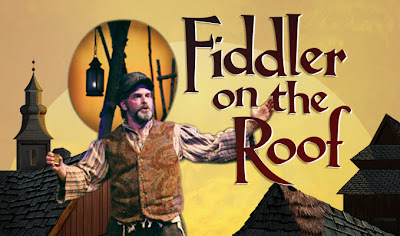If you are interested in the role of art in the life and mission of the church, and want to explore the intersections of faith and artistic expression, this book isn't a bad place to start. For the Beauty of the Church: Casting a Vision for the Arts is a series of eight essays edited by W. David O. Taylor. The two essays that stood out to to me as the best of the collection were by Andy Crouch and Joshua Banner. Crouch's essay presents philosophical perspectives on Christianity and the arts. Banner's takes a very practical and pastoral approach toward encouraging and empowering artists.
From Chapter 1 - "The Gospel: How Is Art a Gift, a Calling, and an Obedience?" by Andy Crouch:
Art is, perhaps, one way of naming everything we a cultural beings do that cannot be explained in terms of its usefulness. It is not the realm of the useless exactly, but the incapable-of-being-expressed-as-useful. That which cannot be turned into a means to an end, but asserts itself as an end––intrinsically, and in some senses inexplicably, worthwhile. (p. 36)
- - -
Art and worship stand together on the common ground of the unuseful. And this is why our attitude toward art ultimately has a great deal to do with our attitude toward worship. Much is at stake in whether we think that our worship is a free response to grace or an exercise in persuasion, an effort to get either God or people to do what we want them to do. If we have a utilitarian attitude toward art, if we require it to justify itself in terms of its usefulness to our ends, it is very likely that we will end up with the same attitude toward worship, and ultimately toward God. (p. 40)
From Chapter 6 - "The Practitioner: Nurturing Artists in the Local Church" by Joshua Banner:
The greatest gift the arts have to offer us is a lively attentiveness––a wakefulness––to the beautiful and interesting things our Father Creator has surrounded us with. The past five decades of popular culture have produced quite a bit of dehumanizing, banal art. The bleak prospect of what Carl Bernstein has called the "idiot culture" presents exciting opportunities for the gospel to inspire a thoughtful, alternative vision of culture that bears witness to Christ.
How can the gospel find a vibrant witness through the arts to transform our neighborhoods and cities? We must begin with a renewal of our churches before we have anything to offer the culture outside the church. And we begin this renewal not by asking what the arts can do for the church, to vary on John F. Kennedy's dictum, but how the church can serve the arts. As patient, careful stewards, we, as pastors and leaders, can nourish the soil of our culture by the way we love artists intentionally––loving not only their artwork, but who they are as persons in process. (p. 142)

































